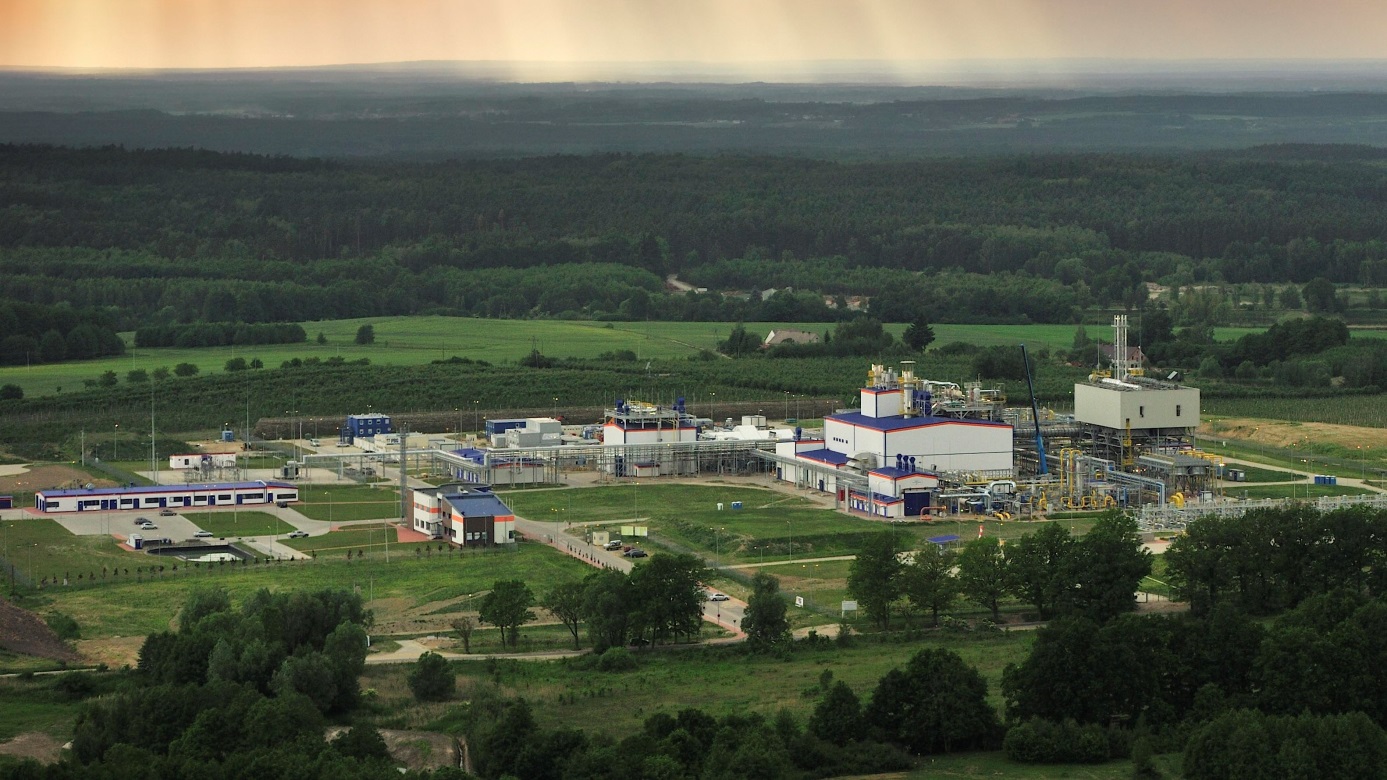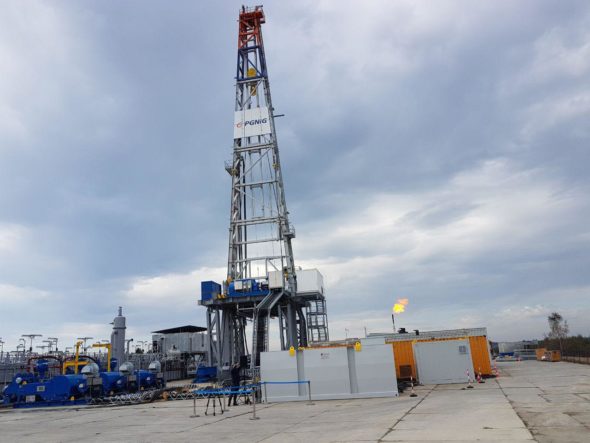EU member states are striving to implement the plan to fill gas storage facilities up to 90 percent. They need to do this before October to properly prepare for the upcoming heating season. The deadline is approaching quickly, but Poland has already exceeded the required EU threshold. Now, near Wrocław, it will expand its largest storage facility, which in the future will be one of the pillars of the country’s energy security – writes Jędrzej Stachura, editor at BiznesAlert.pl.
Expanding fast
On August 30, 2023, the Orlen Group announced that it will expand the capacity of the largest gas storage facility in Poland. It is an underground gas storage facility in Wierzchowice, located in a picturesque village located less than 60 kilometers from Wrocław. Since 1971, when a deposit was discovered in this place, 7.8 billion cubic meters of natural gas have been mined (65% of the total). The remaining part was used as a gas reserve to secure supplies after the facility was turned into a storage place. According to Orlen’s plans, it will be expanded from 1.3 to 2.1 billion cubic meters, that is by about 800 million cubic meters (60 percent). BiznesAlert.pl editors have visited the facility in Wierzchowice together with a delegation of other journalists.
Today, PMG Wierzchowice is one of seven high-methane storage facilities operated by PGNiG owned by the Orlen Group, which handles, among others, the exploration and production of oil and natural gas. The Group has in its portfolio deposit storage facilities (PMG Husów, PMG Strachocina, PMG Swarzów, PMG Brzeźnica) and cavern storage facilities (KPMG Kosakowo and KPMG Mogilno). The former, like the main character of this text, are located in depleted deposits of natural gas and oil. The latter use empty spaces created in salt deposits as a result of leaching. The total capacity of all Orlen Group storage facilities amounts to about 3.3 bcm.
The role of the facility in Wierzchowice is to pump and receive natural gas from the deposit. In the summer, natural gas is pressed into the exploited Wierzchowice deposit at a depth of about 1,250 m, and in the winter it is collected and used by households and the industry.
Drilling and walking
The decision to expand the capacity in Wierzchosławice to 2.1 billion cubic meters aims to stabilize employment and tax revenues in the region. It will consist of three new wells to allow the injection and collection of gas from storage facilities and compressors. The job will be done by a walking rig that is located near the compressor station. The Wierzchowice WM-C3H borehole, because this is the official name of the structure in the photo below, has already stood on a specially prepared square lined with concrete slabs. The device of the German company Bentec, one of two such machines in Poland (the second, from another manufacturer, works in Szaflary in the Podhale region) is capable of drilling to a depth of 7 km.
Drilling specialists working at the site told the reporters that a walking rig is an ideal solution, since the subsequent wells will be separated by only 18 meters. The walking rig, thanks to hydraulic lifts (photo below), can move the entire construction without dismantling it (it takes about four weeks to strip it apart and then to put it back together in a different spot), making it possible to start another borehole quicker.
The drills in the below photos are necessary to dig a few meters deeper. The well can be 1.5 km deep straight down and then it makes a turn in the selected direction. The biggest wells are up to 7 kilometers deep.

During the whole process drilling fluid is pumped in, which allows the mud to go up. The drilling rig is then cleaned and reused. Currently, the first hole is being drilled and it will take about a year to complete the whole project.
Underground safety valve
The expansion of underground gas storage is a step in the direction that the whole of Europe has taken in 2022. In June last year, EU states decided to increase their gas reserves to ensure Europeans have sufficient supply in the face of the energy crisis.
The regulation, approved by the Council of the European Union at the time, forced member states to fill storage facilities to a minimum of 80 percent before the 2022/2023 winter. EU states need to have their gas storage filled at 90 percent before the heating season begins. Poland has done this ahead of time, as the level of gas in its storage is already at 96 percent.
„[..] Further steps are needed in view of further projected growth in gas demand. The storage capacity constitutes about 25 percent of the country’s demand for natural gas, therefore, taking into account the variants of the Gaz-System forecasts regarding the demand, the storage capacity should ultimately be 6-7 billion cubic meters. In addition to the expansion of the National Storage System, it is also worth noting that natural gas can be stored abroad,” Tomasz Włodek, PhD., from the AGH University, told BiznesAlert.pl.
The work in Wierzchowice is therefore an important move towards increasing the security of domestic natural gas supplies, but it does not mean the end of the road in the current difficult economic and geopolitical situation.











